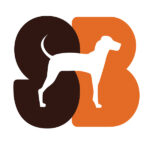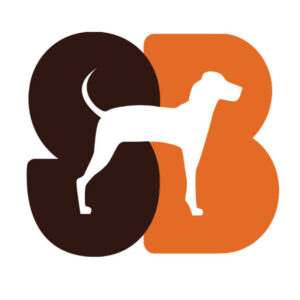
Arts website Tessitura integration
Project for:
Austin Symphony Orchestra
This project required an arts website Tessitura integration to streamline the connection between the main website and its TNEW site.

Expertise
The scope of this project included a full website redesign with the goal of increased ticket sales, closer integration with Tessitura, and mobile responsiveness.

Client
Austin Symphony Orchestra is the oldest performing arts group in Austin and every year performs dozens of performances, including the annual Fourth of July fireworks outdoor concert.

Timeline
We had a six-month timeline for this project to implement the full UX process and develop a WordPress custom theme.
Challenge
Old, dated, non-responsive website
The Austin Symphony’s old website, was about 15 years old and was not mobile responsive. We also needed to implement the new styling into Tessitura, the software that handled ticket sales.
Their patron feedback was that their current website is not easy to use. The primary considerations of this project were to improve access to ticket sales and reduce the friction for making donations. In our initial conversations with Austin Symphony, we also uncovered a series of needs related to the primary goals.
Solution
Implement redesign for arts website Tessitura integration
Austin Symphony had a vision of being at the cutting edge of technology. They wanted to help their patrons accomplish tasks more easily and to successfully attract their audience goers to their wide variety of performances, including masterworks, pops, community concerts, and education programs.
We recommended:
- Improve the user navigation to tickets and donations
- Allow site admins to make easier updates
- Automate event management
- Add visibility to analytics

Impact
The design won a Web Excellence award

Tessitura integration
The Symphony team had a streamlined connection between its ticketing platform and its marketing website, and they continued to provide digital programming. And the new website call-to-action for donations was leveraged to ask patrons to help keep the Symphony strong.

Visual update
In 2022, the client asked us to update the home page of the website. We implemented a light design and gave the marketing team more control over the events that show on the home page.
Honors
Awards

2021 Arts
Web Excellence Award
Free Download
Why UX translates to product profits
Download our free guide in PDF format to see how UX can help your product team improve customer retention and profits.





